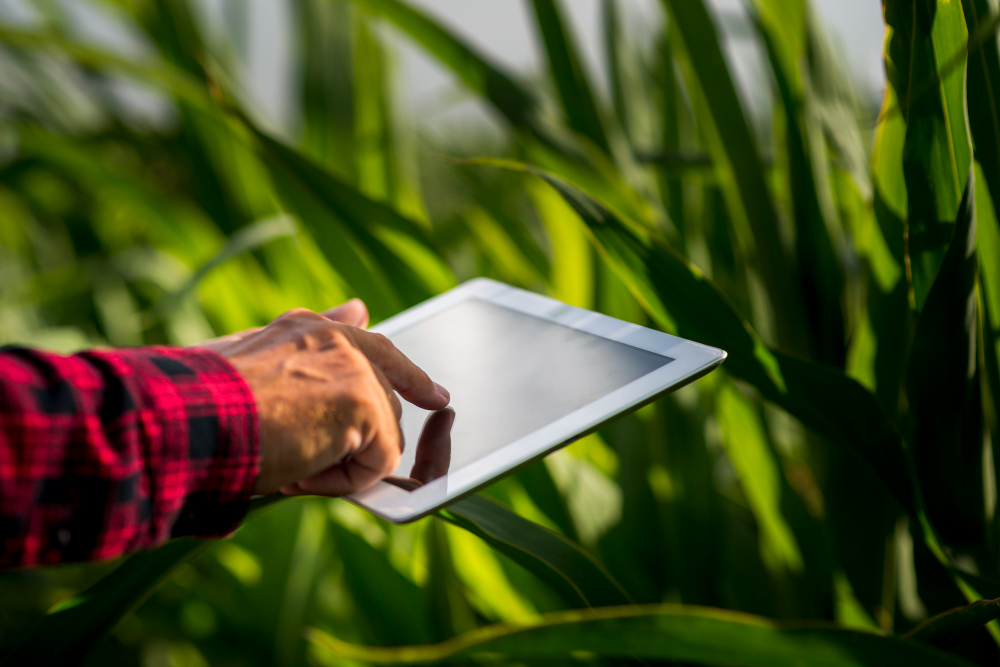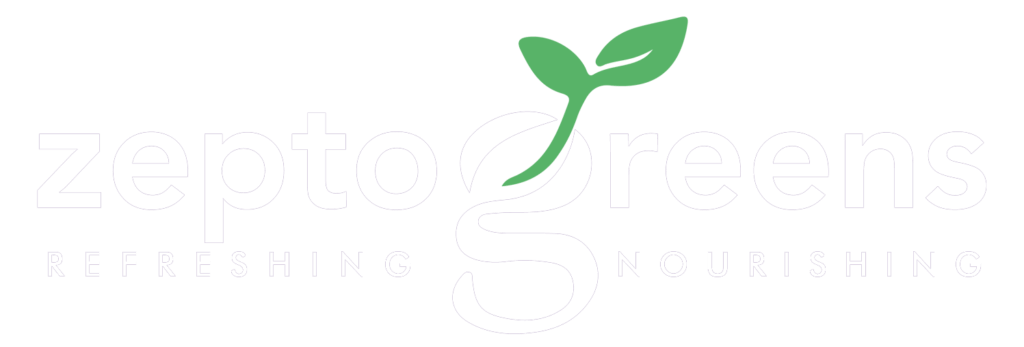Across sun-drenched fields, a silent conversation unfolds. Crops whisper stories of their needs, of thirst and nutrient hunger, of threats unseen by the naked eye. Today, farmers have ears to hear these hushed pleas, not through intuition, but through the power of smart crop monitoring. This blog post delves into the intricate dance between technology and nature, showcasing how real-time insights gleaned from smart monitoring empower farmers to cultivate a future where data drives decisions, precision reigns supreme, and yields flourish.

Precision at Every Turn: Tailoring Care to Each Plant’s Needs
Traditionally, tending to crops meant a one-size-fits-all approach. But smart monitoring shatters this uniformity, revealing the unique needs of each plant within your field. Imagine drones equipped with high-resolution cameras and AI-powered image recognition, identifying nutrient deficiencies, spotting early-stage pest infestations, and even predicting potential yield variations with remarkable precision. This information empowers you to tailor irrigation schedules, adjust fertilizer applications, and target pest control measures – not to entire fields, but to individual plants. With every smarter decision, you optimize resource allocation, maximize yield potential, and nurture each seed to its full potential.
Resilience Built on Foresight: Weathering the Storm with Data
The agricultural landscape is no longer predictable. Unpredictable weather patterns and extreme events pose ever-increasing challenges. But smart monitoring arms you with the power of foresight. Imagine real-time weather monitoring systems predicting impending frost, heavy rainfall, or pest outbreaks with laser-sharp accuracy. Envision advanced software analyzing historical data and current conditions to provide actionable insights on how to protect your crops from potential threats. This data-driven resilience allows you to proactively adjust irrigation schedules, activate frost protection systems, and even choose crop varieties best suited for upcoming weather patterns. With every weather report delivered in real-time, you navigate the uncertainties of the future with confidence, ensuring your crops weather any storm.
Beyond Yield: Cultivating a Sustainable Future with Every Byte
Smart crop monitoring is not just about maximizing yields; it’s about nurturing a sustainable future for agriculture. Imagine optimizing irrigation based on real-time soil moisture data, minimizing water waste and preserving precious resources. Envision precision fertilizer applications reducing chemical runoff and protecting water quality. This sustainability-focused approach ensures abundance thrives alongside environmental responsibility, safeguarding our planet’s resources for generations to come. With every byte of data harvested, smart monitoring empowers you to cultivate not just bountiful harvests, but a thriving and sustainable ecosystem.
Connecting Fields to the Cloud: The Power of Collective Intelligence
Smart crop monitoring thrives in a connected ecosystem. Imagine farmers across the globe sharing data on specific soil types, crop varieties, and regional weather patterns through cloud platforms. Envision collaborating with agricultural experts and researchers, analyzing datasets to identify emerging trends and develop best practices. This collaborative network fosters innovation, accelerates problem-solving, and empowers farmers to learn from each other’s successes. With every shared insight, the agricultural community strengthens, propelling the industry towards a brighter, more data-driven future.
Data-Driven Decisions: From Intuition to Actionable Insights
Smart crop monitoring is a symphony of data, but its power lies in transforming data into action. Imagine real-time dashboards visually presenting key metrics, highlighting potential problems, and even suggesting optimized solutions. Envision historical data and current conditions layered upon each other, revealing trends, patterns, and opportunities for improvement. This data-driven approach guides you towards informed decisions, allowing you to optimize resource allocation, predict potential problems before they arise, and navigate the complexities of modern agriculture with unparalleled clarity. With every actionable insight gleaned from data, you transform intuition into smarter decisions, propelling your farm towards a future of efficiency and abundance.
A Glimpse into the Future: Innovation Redefining Agriculture
The world of smart crop monitoring is constantly evolving, with cutting-edge advancements emerging each day. Imagine AI-powered image recognition identifying diseases and pests in real-time, automatically deploying targeted interventions. Envision blockchain technology ensuring data security and traceability throughout the agricultural supply chain. This future promises even greater precision, automation, and data-driven decision-making, further solidifying the role of smart monitoring as the backbone of modern agriculture.
Additional Resources
Categories
Latest Posts
FAQs
1. What is smart crop monitoring?
Smart crop monitoring uses advanced technologies like sensors, drones, satellites, and artificial intelligence to collect real-time data about crop health, soil conditions, and environmental factors, allowing farmers to make data-driven decisions.
2. How does smart crop monitoring help with pest control?
Smart monitoring uses technologies like multispectral drone imagery and AI to identify early signs of pest infestations or diseases. This allows farmers to target pest control measures precisely where needed, rather than treating entire fields, which reduces the amount of chemicals used.
3. What are the main benefits of using smart crop monitoring?
The main benefits include increased efficiency and reduced costs by optimizing the use of water and fertilizers, higher crop yields, improved sustainability through less waste and a smaller environmental footprint, and enhanced decision-making with real-time data and predictive analytics.
4. How does smart crop monitoring save water?
The technology uses in-field soil moisture sensors and real-time weather data to determine exactly when and where irrigation is needed. This precision prevents over-irrigation, which can reduce water waste by up to 50%.
5. Is smart crop monitoring only for large farms?
While the technology is widely adopted by large-scale operations, it is becoming increasingly accessible and cost-effective for smaller farms. Cloud-based platforms and affordable sensors are making precision agriculture viable for a wider range of farmers.
6. How does smart crop monitoring contribute to sustainability?
It improves sustainability by optimizing resource use, leading to reduced water consumption and less chemical runoff. This ensures that farming practices are both productive and environmentally responsible.
7. Can smart crop monitoring predict weather events?
Yes, it uses real-time weather monitoring systems and advanced software to analyze historical and current data to predict weather patterns like frost or heavy rainfall, helping farmers take proactive protective measures.
8. What is the role of the cloud in smart crop monitoring?
The cloud acts as a central hub for data storage and analysis. It allows farmers to access information and manage their operations remotely from any device and facilitates the sharing of knowledge among the agricultural community.
9. How does AI enhance smart crop monitoring?
AI analyzes the vast amount of data collected from sensors and drones to identify trends, predict potential problems (like disease outbreaks or yield variations), and provide actionable insights, effectively transforming raw data into valuable knowledge.
10. How does smart crop monitoring differ from traditional farming?
Traditional farming relies on intuition and a uniform, “one-size-fits-all” approach, whereas smart crop monitoring uses real-time data to make precise, tailored decisions for each specific area or plant within a field.


